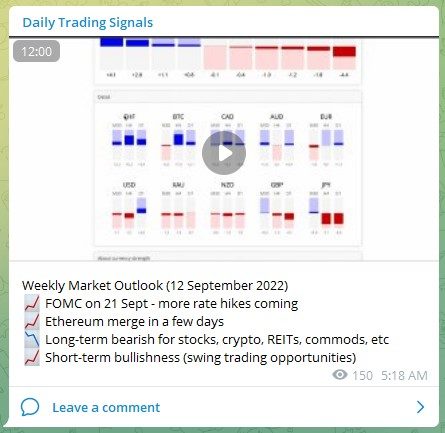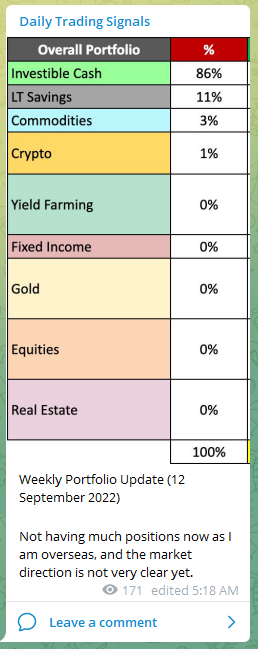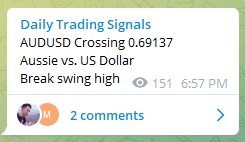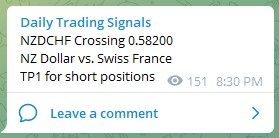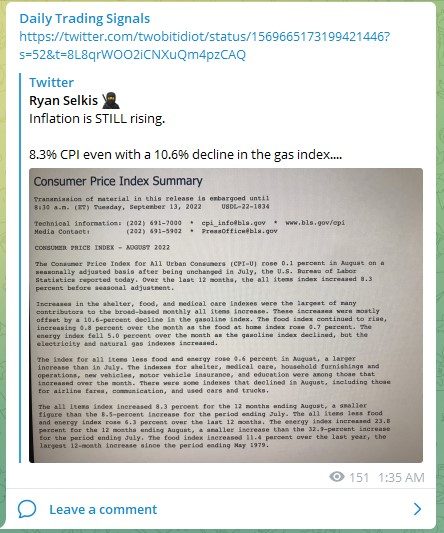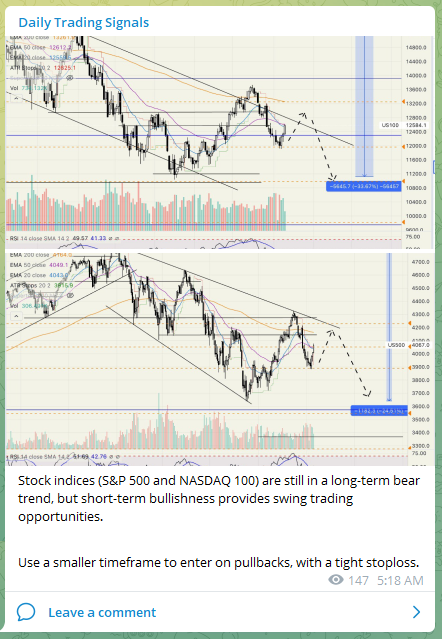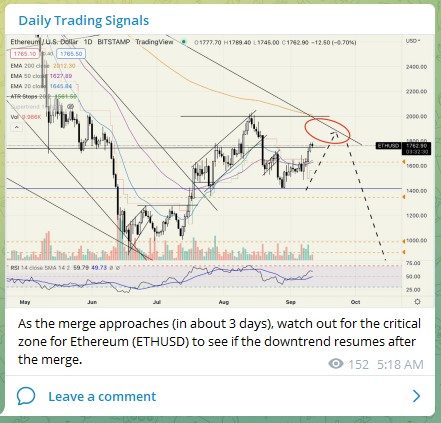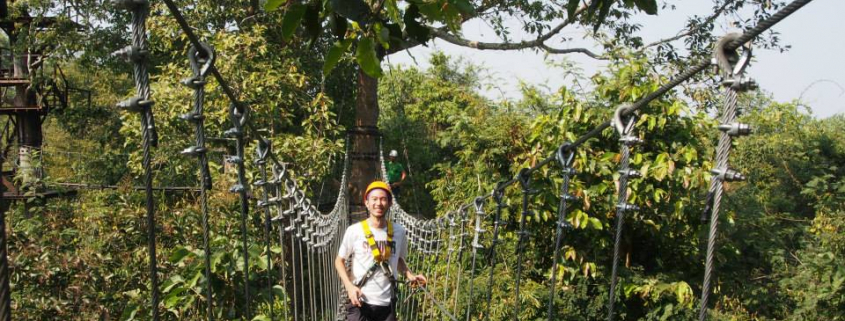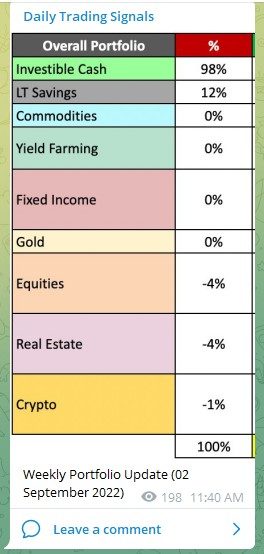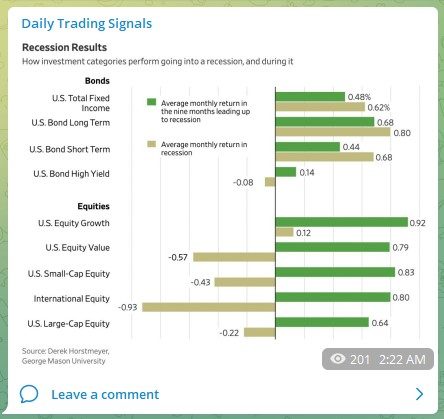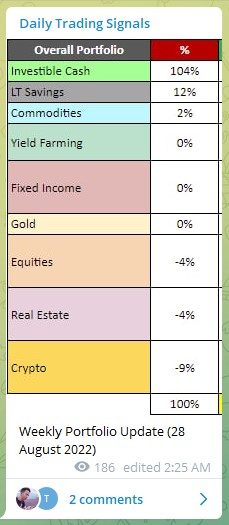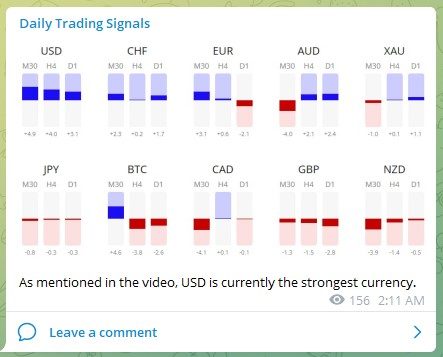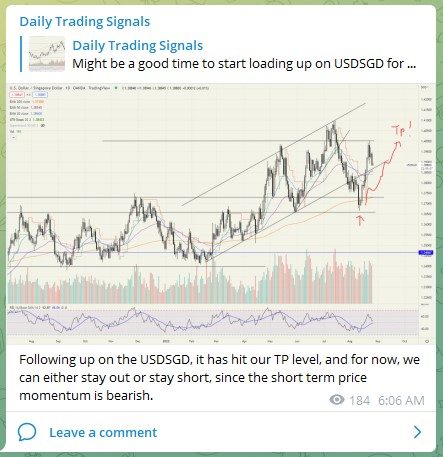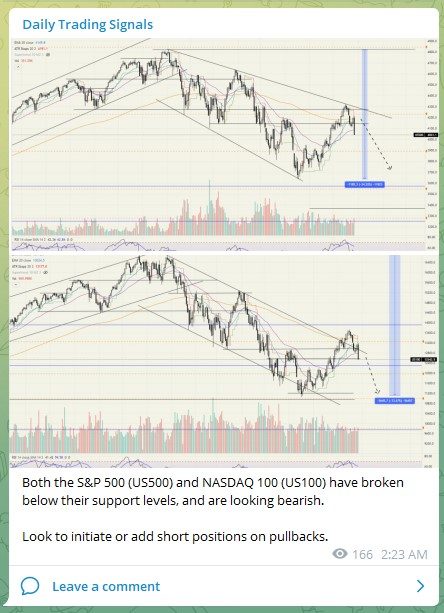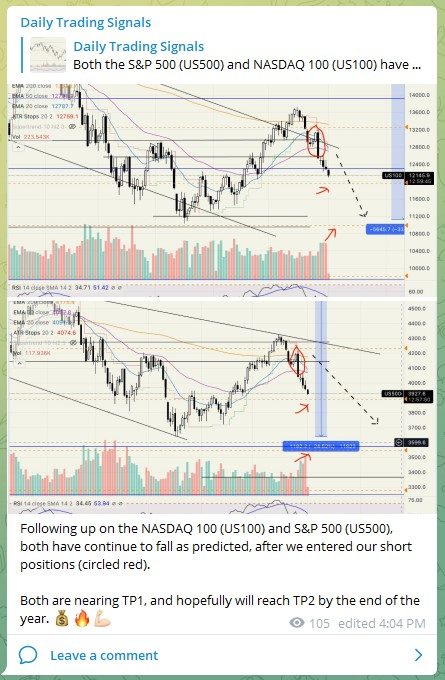Have you ever wondered, what is the best way to buy Bitcoin and other cryptocurrencies?
Cryptocurrencies are on their way to becoming mainstream and are here to stay.
No one can say how long they’ll be around, but they have already made a mark on the world and are becoming more popular by the day.
Not only do they make it easier for people to send and receive money, but they also offer a level of privacy that traditional currencies don’t.
While many people are still wondering what all the fuss is about, many others are busy buying cryptocurrencies.
So, if you are one of those sitting on the fence and wondering what all the fuss is about and how you can get involved in this growing market, then you’ve come to the right post.
This post will discuss all the ins and outs of cryptocurrencies, including why they are valuable, where to buy as well as how to buy them.
So, before you get involved in this growing market, let’s understand the basics.
Table of Contents
Introduction to Cryptocurrency
Many people thought that cryptocurrencies were only a passing fad.
However, in the past years, it has been evident that they are here to stay.
So, what exactly is cryptocurrency?
In simple language, cryptocurrencies are digital currencies that are created and stored on the blockchain.
The blockchain is a digital ledger that keeps track of every transaction ever made with a cryptocurrency.
This allows people to keep track of their money without having to trust any third party like a bank or government.
If we talk about the cryptocurrency types, then the most popular ones are Bitcoin and Ethereum.
- Bitcoin is the first and foremost valuable cryptocurrency that was created in 2009 by an anonymous developer named Satoshi Nakamoto. It is a decentralized currency, which means no central authority can control it or inflate its value.
- Ethereum is the second most known cryptocurrency after Bitcoin. It was developed in 2013 by a team of developers led by Vitalik Buterin and is used more as a platform for decentralized applications (dApps).
Apart from this, there are many more, like IOTA, Litecoin, Neo, and Cardano.
So, it’s difficult to answer which one is better than the others. The only thing that matters is what you want to achieve with the currency.
If you want a cryptocurrency that can be used for payments and storing value, then Bitcoin is the best choice.
On the other side, if you choose a platform to create dApps or smart contracts, then Ethereum is your best bet.
Why are They Valuable?
Cryptocurrencies are valuable because they are decentralized, meaning no one governing body controls it.
It’s also encrypted so that only the owner of the wallet has access to their funds.
This makes it super challenging for hackers to steal your money.
Also, the fact is that cryptocurrencies are global means they can be sent anywhere in the world without any hassle.
This makes them highly valuable to those who need to send money overseas.
How to Buy Crypto?
If you are a beginner or new to the world of cryptocurrencies, then you will feel lost in this big sea.
But no panic; here is a step-by-step guide to help you understand the process of buying cryptocurrency.
1. Choose a cryptocurrency to invest in
There are many different cryptocurrencies, so the the first step is to decide what cryptocurrency you want to invest in.
Bitcoin (BTC) is one of the most popular choices because it’s been around since 2009 and has proven itself a valuable investment option.
You can also choose Ethereum (ETH), Ripple (XRP), Litecoin (LTC), and others, depending on which ones appeal to you most.
2. Choose a broker or crypto exchange
The next step is to choose a broker or crypto exchange.
A broker will help you to purchase cryptocurrency, but you’ll need to be careful to choose a reputable one.
A crypto exchange is like an online bank where you can buy and sell cryptocurrency.
This option is easier than using a broker, but it’s also less secure because it doesn’t have the same security measures in place.
However, some exchanges are better than others, so make sure that you research the ones that interest you before choosing one.
If you are looking for a list of recommendations, you can check our full list of tools and resources.
3. Create your account
Feeling excited? You should be!
The next crucial step is to open up your crypto account.
Once you have chosen a broker or crypto exchange, you’ll need to sign up for an account with them.
This will involve providing some personal information like your name and address, but it also means that the company has all of your details in case anything goes wrong.
4. Fund your account
You will need to fund your account before you can buy any cryptocurrency.
This means that you need to deposit some money into the exchange so that it can be used as a base currency amount for buying or selling cryptocurrencies.
The amount of funds you need to deposit will depend on how much cryptocurrency you want to buy and what type of coin it is (e.g., Bitcoin or Ethereum).
5. Place your order
Once you have deposited funds into your account, it’s time to place an order.
This is when you tell the exchange what type of coin you want to buy and how much of it.
You should also specify which currency should be used as a base (e.g., USD) and whether or not you want immediate delivery or if you want to set up a future date for receiving the coins.
6. Store safely
Once your order has been placed, you will receive your coins at the specified wallet address, and it is then crucial to keep it safe.
Storing your crypto assets on an exchange might be convenient, but it is also more vulnerable to theft.
So, if you want to avoid this, then consider using an offline hardware wallet. They allow you to store your private keys on secure devices that are not connected to the internet.
This way, if someone were to steal them from you, they would be unable to access your coins.
Now that you are equipped with how to buy Bitcoin and other cryptocurrencies let’s move on to where to buy.
Where to Buy Crypto?
You will be mesmerized to know that the value of Bitcoin has increased from $0.5 to $20,000 in just months.
This is the reason why people are investing in Bitcoin and other cryptocurrencies today.
However, with numerous such choices available, it can be confusing to find a reliable place to buy your coins.
That’s why we’ve come together with this handy guide on the best places to buy Bitcoin and other cryptocurrencies online.
There are two ways to get started.
One is going through a broker, and the second is using a cryptocurrency exchange.
Below are the pros and cons of both options so that, in the end, you are piped line with the right information to make an informed choice.
a) Broker:
A broker is simply a person or a company that acts as an intermediary between you and the cryptocurrency exchange.
They provide a platform where you can buy, sell, and trade cryptocurrencies.
The benefit of using a broker is that they offer a simple and convenient way of purchasing Bitcoin or other cryptocurrencies.
You can also use a broker to sell your coins when you want to close your positions or rotate back to fiat currency.
The only drawback is that they charge higher fees than cryptocurrency exchanges do.
b) Cryptocurrency exchange:
A cryptocurrency exchange is a platform where you can buy and sell cryptocurrencies.
It works much like a stock exchange, except that it deals with digital currencies instead of stocks or bonds.
The primary benefit of using a cryptocurrency exchange is that it provides you with a wide range of coins to choose from.
You can also use it to trade different cryptocurrencies against each other.
The only drawback is that you’ll have to pay fees for each transaction, which can be pretty high if you make a lot of trades.
Concluding Thoughts
Cryptocurrencies are becoming increasingly mainstream, and with that comes an increase in the number of ways to buy Bitcoin and other digital assets.
While there are many different exchanges available, not all of them are created equal.
It is supreme to do your own research to find an exchange that is reputable and offers the features that you are looking for.
Now that I have shared where and how to buy Bitcoin and various cryptocurrencies, which do you think is the best way to do it?
Let me know in the comments below.

If you would like to learn more about crypto & DeFi, also check out: “The Ultimate Guide to Blockchain & Cryptocurrencies”






